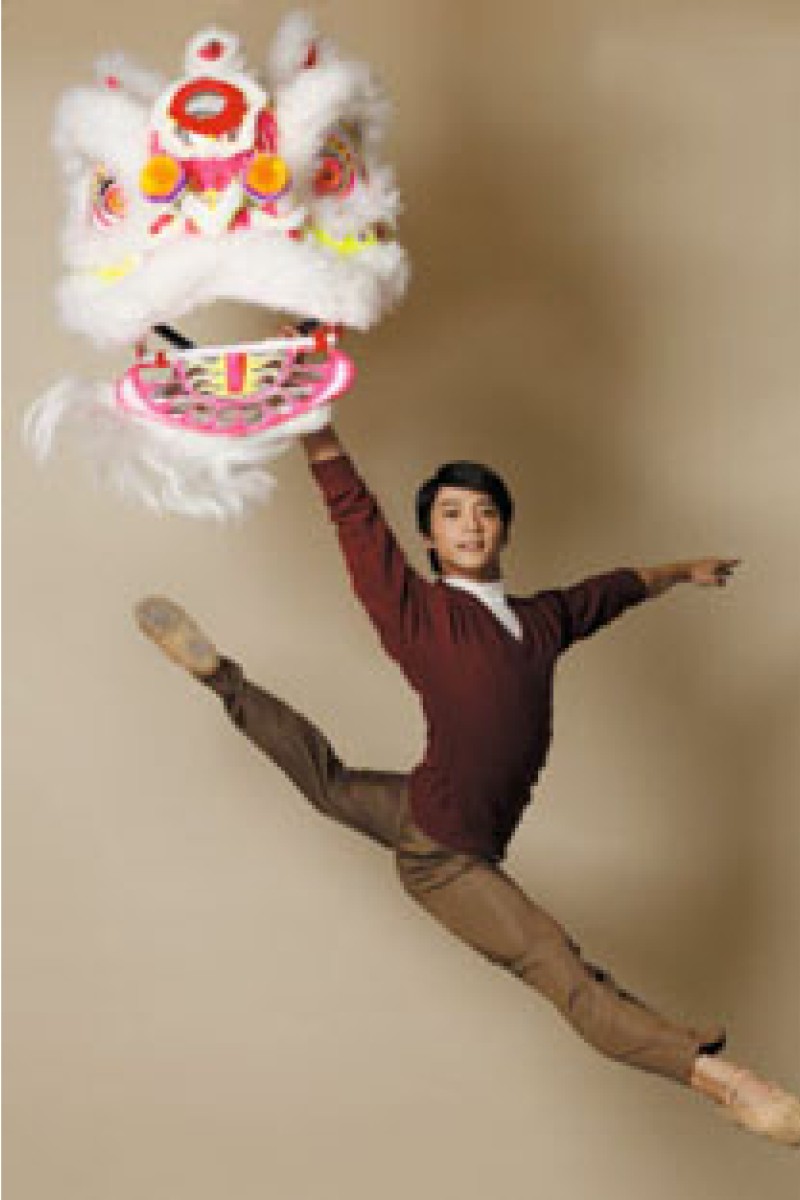
Egami has been dancing since he was seven years old. He used to go with his parents when they drove his sister to ballet lessons; the first time, he watched from the car, but from then on, he'd go closer and closer. "Eventually I managed to sneak into the studio. The teacher asked me, 'Why don't you join us?' Apparently I said yes right away."
It was watching one of his compatriots that made Egami realise how important ballet was, both to him personally, and as a form of expression. "When I was 11, I saw a Japanese dancer called Tetsuya Kumakawa, a former principal of Royal Ballet and now an artistic director of K Ballet in Japan, dancing in London with the Royal Ballet. He danced stunningly. He was probably the shortest dancer, but the most technical; he was the only Asian in the company then, but he received the loudest applause," says Egami. "It was then I realised ballet is universal, an art form capable of transcending the boundaries which society creates."
After training at the Royal Ballet School, Egami joined Hong Kong Ballet in 2002, and has danced in and choreographed for many of the troupe's productions. When the Ballet commissioned Firecracker, dancers were offered the chance to work on the choreography, and Egami was selected as associate choreographer.
Conceived as a foil to the traditional Christmas ballet The Nutcracker, Firecracker is set at Chinese New Year. Its creator, renowned choreographer Yuri Ng, danced for the National Ballet of Canada in the 1980s. "While he was celebrating Christmas with the company's production The Nutcracker," says Egami, "he started to think, "Isn't there any way I can use the structure of this ballet to celebrate Chinese New Year?'" And last year, Firecracker premiered in Hong Kong to sell-out audiences.
Firecracker is set in 1967, during the famous riots which led to fireworks - and the traditional Lunar New Year firecrackers - being outlawed. It was a period of massive social change, and therefore the perfect setting for a ballet exploring Hong Kong's history. But while it explores the city's recent past, Ng knew that 19th century music would still work.
"Tchaikovsky, the composer of The Nutcracker, is one of the most respected ballet composers in history," says Egami. "His music is well structured, rich and emotional ... but also has so much room for interpretation, it can [encompass] different story lines or contexts.
"It is almost 120 years since Tchaikovsky's death, but there are over 100 different versions of The Nutcracker all over the world. I hope Firecracker will become a well-loved Hong Kong version."
While the music is historic, the dancing is anything but. The creators of The Nutcracker and Firecracker were in very different times and places, and so the dance styles are "very different", Egami says.
"The concept of movement has developed since then, as have audiences' expectations of this art form."
The result is a combination of modern ballet and retro 60s outfits; classical, familiar music and forward-looking maxims. In remembering a time of turmoil and revolution, Firecracker honours Hong Kong's past and reminds us of the importance of home.
As Egami puts it, Firecracker "is about the past we share with our relatives and friends, but also the present we're all sharing now." Boundary-breaking stuff indeed.
Firecracker is showing Jan 28-30. Tickets from Urbtix
